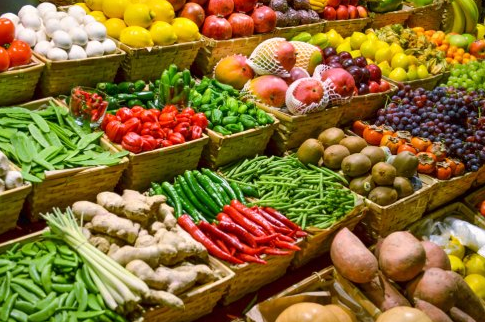Post harvest handling of fruits and vegetables
1. Curing
Curing is done immediately after harvesting. It strengthens the skin. The process is induced at relatively higher temperature and humidity, involving suberization of outer tissues followed by the development of wound periderm which acts as an effective barrier against infection and water loss. It is favoured by high temperature and high humidity. Potato, sweet potato, colocasia, onion and garlic are cured prior to storage or marketing. Potato tubers are held at 18°C for 2 days and then at 7°—10°C for 10—12 days at 90% relative humidity. Curing also reduces the moisture content especially in onion and garlic. Drying of superficial leaves of onion bulbs protects them from microbial infection in storage.
2. Degreening
It is the process of decomposing green pigment (Chlorophyll) in fruits usually applying ethylene or similar metabolic inducers to fruit. It is applicable to banana, citrus and tomato. Degreening is carried out in special treating rooms with controlled temperature and humidity in which low concentration of ethylene (20 ppm) is applied.
3. Precooling
High temperatures are detrimental to keeping quality of fruits and vegetables, especially when harvesting is done during hot days. Precooling is a means of removing the field heat. It slows down the rate of respiration, minimizes susceptibility to attack of microorganisms, and reduces water loss. Peas and okra which deteriorate fast need prompt precooling.
